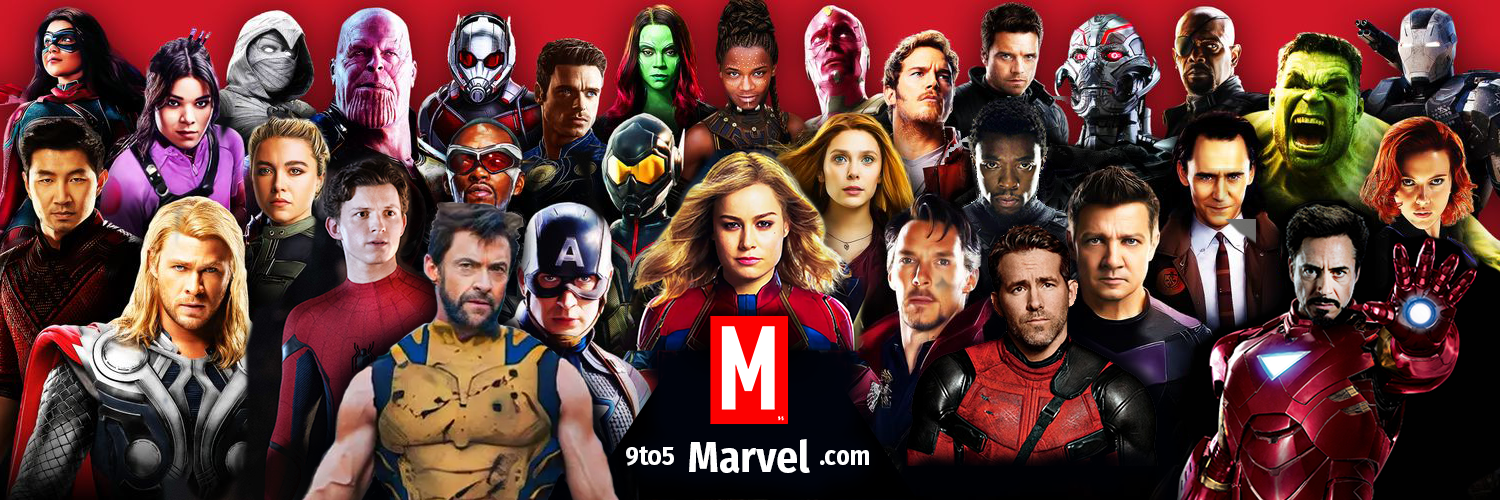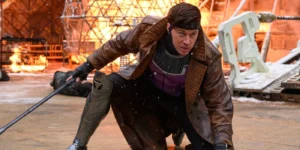The work ethic and circumstances on the movie sets at Marvel Studios have been called nothing short of insanity, despite the fact that the studio is renowned for its high standards and rigorous attention to detail. The studio differs from other productions in how they handle rewrites. Marvel has been known to shoot whole sequences before rewriting, reshooting, or even discarding them. This is in contrast to just editing scenes or making tiny alterations. As shown in Doctor Strange in the Multiverse of Madness, this unconventional approach has occasionally led to fragmented and unsettling scenes in their films.
When America Chavez, one of the movie’s performers, responded to critiques of the author, Michael Waldron, the extensive rewriting process came to light. Chavez disclosed that while filming was still going on, Waldron was given the astounding task of 33 screenplay revisions. The script had undergone substantial alterations before Scott Derrickson left the project and again during the epidemic, adding to its already complicated history. It is hard to overlook the obvious flaws that result from this laborious procedure, despite the fact that Marvel’s unrelenting work ethic has surely contributed to the success of their films. Additional conversation and automated dialogue replacement (ADR) are often needed to connect scenes that otherwise feel disconnected.
Despite the challenging circumstances, the movie continues to be a favourite among many MCU fans, which is evidence of the studio’s capacity for compelling narrative. The topic of how the demanding rewriting process could affect the creative process and the final result is raised, though. It will be interesting to observe how Marvel develops its work ethic and rewrite techniques as it pushes the limits of superhero cinema in the future.





